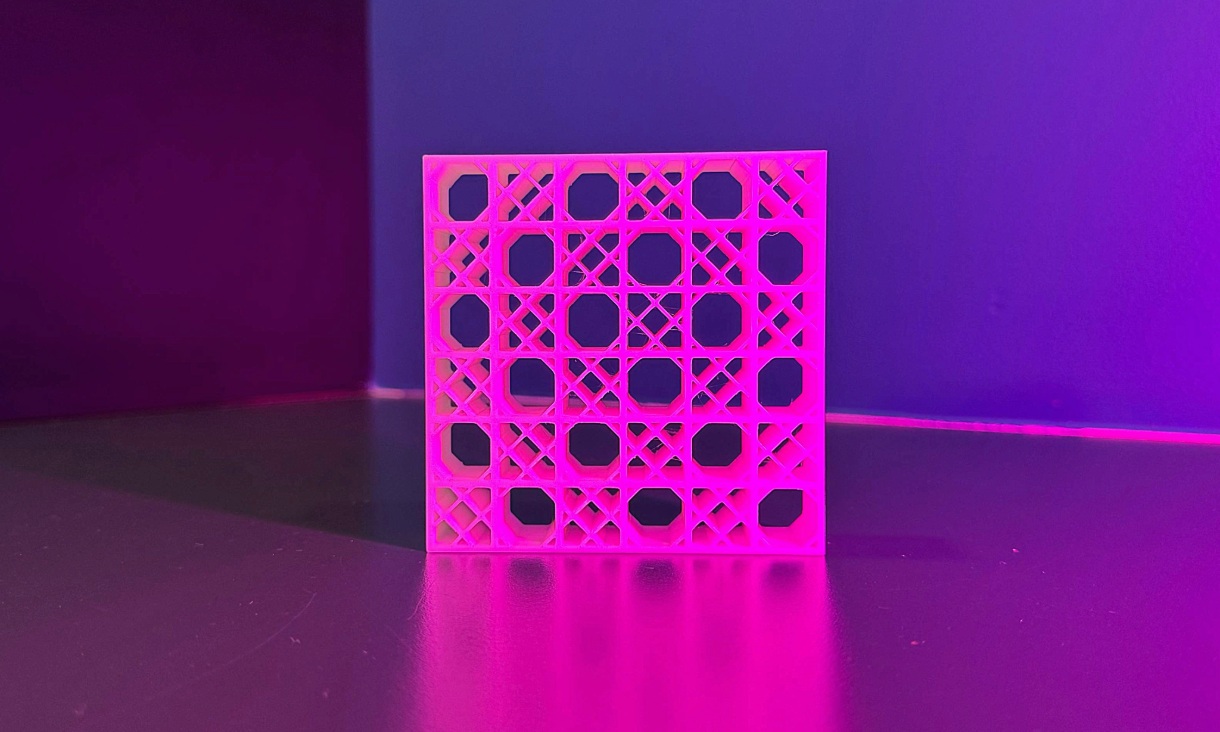There is considerable debate around whether animals know or can learn complex number skills.
Many species can understand the difference between quantities and use this to forage, make decisions and solve problems. But numerical cognition, such as exact number and arithmetic operations, requires a more sophisticated level of processing.
Previous studies have shown some primates, birds, babies and even spiders can add and/or subtract. The new research, published today in Science Advances, adds bees to that list.
A school for bees? How the honeybees were trained
The experiment, conducted by PhD researcher Scarlett Howard in the Bio Inspired Digital Sensing-Lab (BIDS-Lab) at RMIT, involved training individual honeybees to visit a Y-shaped maze.
The bees received a reward of sugar water when they made a correct choice in the maze, and received a bitter-tasting quinine solution if the choice was incorrect.
Honeybees will go back to a place if the location provides a good source of food, so the bees returned repeatedly to the experimental set-up to collect nutrition and continue learning.
When a bee flew into the entrance of the maze they would see a set of elements, between 1 to 5 shapes. The shapes were either blue, which meant the bee had to add, or yellow, which meant the bee had to subtract.
After viewing the initial number, the bee would fly through a hole into a decision chamber where it could choose to fly to the left or right side of the maze.
One side had an incorrect solution to the problem and the other side had the correct solution of either plus or minus one. The correct answer was changed randomly throughout the experiment to avoid bees learning to visit just one side of the maze.
At the beginning of the experiment, bees made random choices until they could work out how to solve the problem. Eventually, over 100 learning trials that took 4 to 7 hours, bees learned that blue meant +1, while yellow meant -1. The bees could then apply the rules to new numbers.
Scarlett Howard said the ability to do basic maths has been vital in the flourishing of human societies historically, with evidence that the Egyptians and Babylonians used arithmetic around 2000BC.
“These days, we learn as children that a plus symbol means you need to add two or more quantities, while a minus symbol means you subtract,” she said.
“Our findings show that the complex understanding of maths symbols as a language is something that many brains can probably achieve, and helps explain how many human cultures independently developed numeracy skills.”
The research, with collaborators from University of Toulouse and the ARC Centre of Excellence for Nanoscale Biophotonics at RMIT, is published today ("Numerical cognition in honeybees enables addition and subtraction", Science Advances, DOI 10.1126/sciadv.aav0961).
Story: Gosia Kaszubska
Video: Kiralee Greenhalgh




